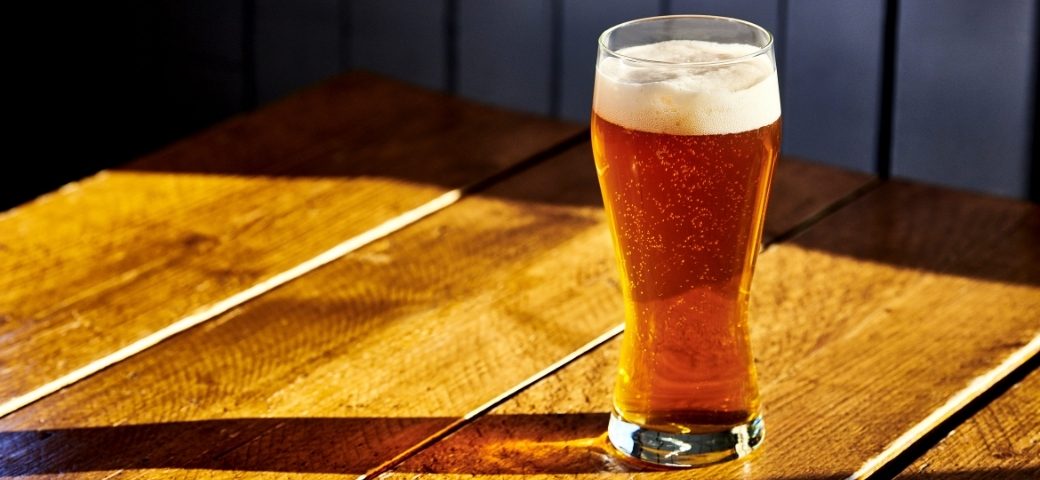An English Pale Ale is a popular style of beer that is malty in flavour and golden to copper in colour.
The flavours in traditional English Pale Ales that originated from Burton-upon-Trent came from the liquor – with sulphates accentuating the bitterness – the malts used and the warm fermentation with a house yeast. The beer would be malty, bitter and fruity and was traditionally served in either cask or bottle.
If you’re thinking of brewing an English Pale Ale at some point in the near future, we’ve got some recommendations on the malts we can deliver to you to help you make it.
History of the English Pale Ale
Broadly, ‘pale ale’ came about as a term to describe any top-fermented beer that was not dark as, traditionally, most were dark. Nowadays, ‘pale ale’ is considered a blanket term for a multitude of variations on the style, including India Pale Ale, New England IPA, American Pale Ale and the English Pale Ale to name but a few.
The English Pale Ale differs from the styles mentioned above as they’re traditionally brewed using the classic English hop varieties Goldings and Fuggles, while IPAs, New England IPAs and American Pale Ales tend to be considerably more hop-forward using various new world varieties. Non-UK hops have slipped into English Pale Ales in the last 20-30 years though.
English Pale Ale vs English Bitter
So, you may be thinking, what’s the difference between a pale ale and a bitter? The truth is, not a lot – if anything. According to Martyn Cornell in his book Amber, Gold and Black: The History of Britain’s Great Beers, in the 1840s, ‘bitter’ and ‘pale ale’ were used by brewers as synonyms.
‘Pale ale’ was considered the bottled version of a bitter because, generally, in the 19th century brewers called the drink in the brewery ‘pale ale’, and that’s the name they put on their bottle labels, but in the pub drinkers called this new drink ‘bitter’, although ‘bitter’ can drift in to referencing some slightly darker beers too.
Base Malt for an English Pale Ale
Finest Pale Ale Maris Otter – The majority of our base malts can be used to effectively brew an English Pale Ale, it’s very much a matter of what the brewer prefers. If it’s a more rich, malty flavour you’re after, Finest Pale Ale Maris Otter (4.0-6.0 EBC) delivers exceptional brewhouse performance and beer clarity, while Golden Promise has been the base malt of choice for traditional British brewer Timothy Taylor’s in their core range of beers for the past 40-plus years, providing malty and bready notes. Well modified with a low colour (2.0-4.0 EBC), our Low Colour Maris Otter offers exceptional quality, high extract and enzymic activity and low nitrogen content, making it popular in light coloured ales, while Best Pale Ale and Extra Pale Ale are incredibly versatile products with rich, malty flavours.
Check out all of our Base Malts HERE.
Crystal Malt for an English Pale Ale
Crystal Light – Light crystal and caramalts can be used in small amounts in English Pale Ales to enhance the flavour profile and add a sweetness and mouthfeel. Our Crystal Light (95-113 EBC) does just that, imparting mild, balanced toffee flavours and a beautiful golden colour without adding astringency or dominating the overall flavour profile. Further up the colour spectrum, Crystal T50 (126-140 EBC) adds a delicate malty flavour, while our Caramalt and Premium English Caramalt offer a delicious sweetness.
Check out all of our Crystal Malts HERE.
Extra Special Malts for an English Pale Ale
Wheat Malt – English Pale Ales should be bright and have a nice tight head. With a large percentage of base malt, a small amount of a light crystal or caramalt, you can’t go wrong. However, to finish it off, the use of some Wheat Malt or Flaked Wheat at up to 5% in most light beers such as an English Pale Ale can increase foam stability and provide good head retention without affecting the flavour or clarity.
Check out all of our Extra Special Malts HERE.
Check out the best malts for other beer styles
- The Best Malts to use for a Wheat Beer
- The Best Malts to use for a West Coast IPA
- The Best Malts to use for a New England IPA
- The Best Malts to use for a Stout
- The Best Malts to use for a Porter
If you’re interested in finding out more about our malts or trying them for yourself, then get in touch with our order office team today or contact us on Facebook, Twitter or Instagram.

